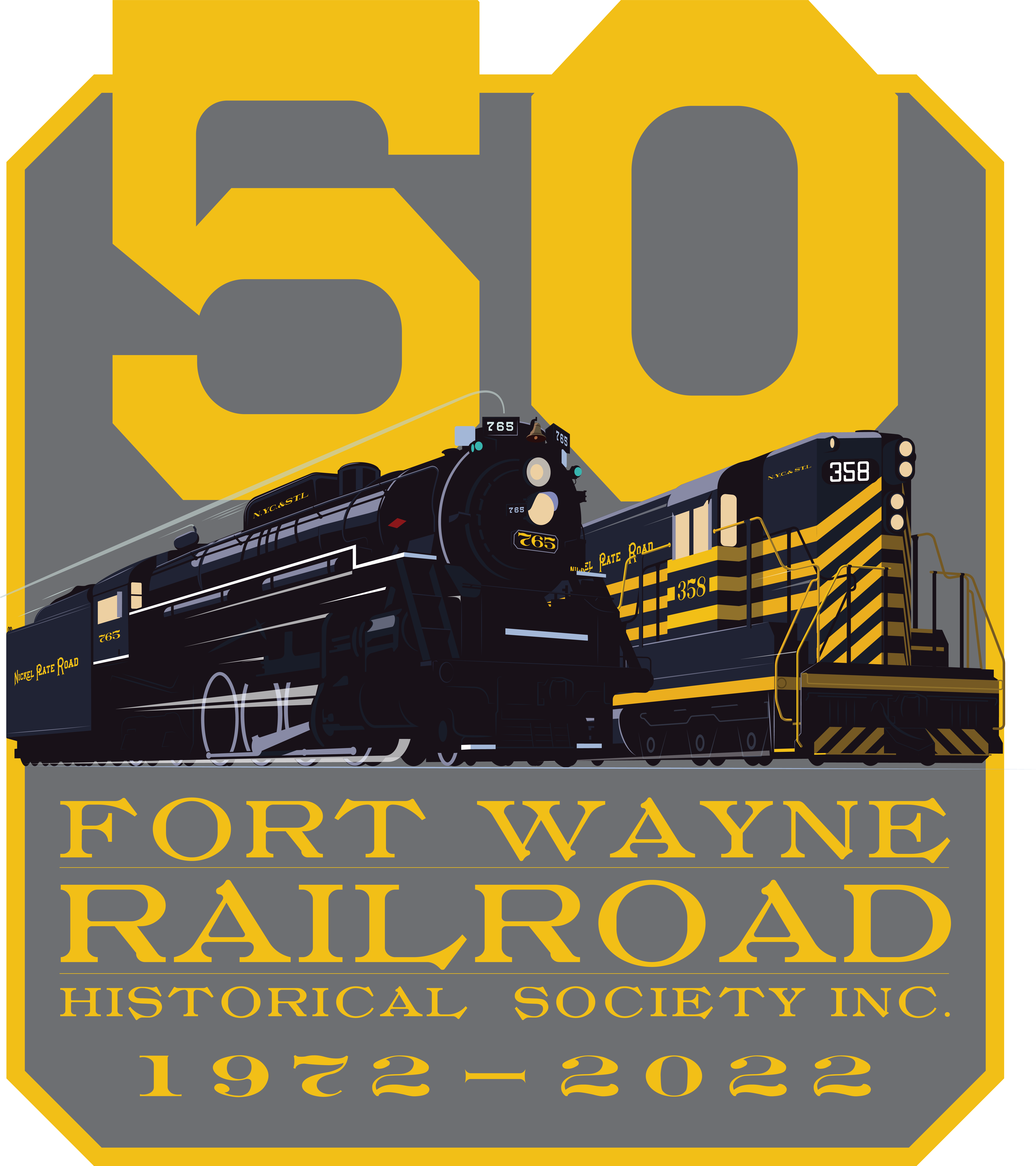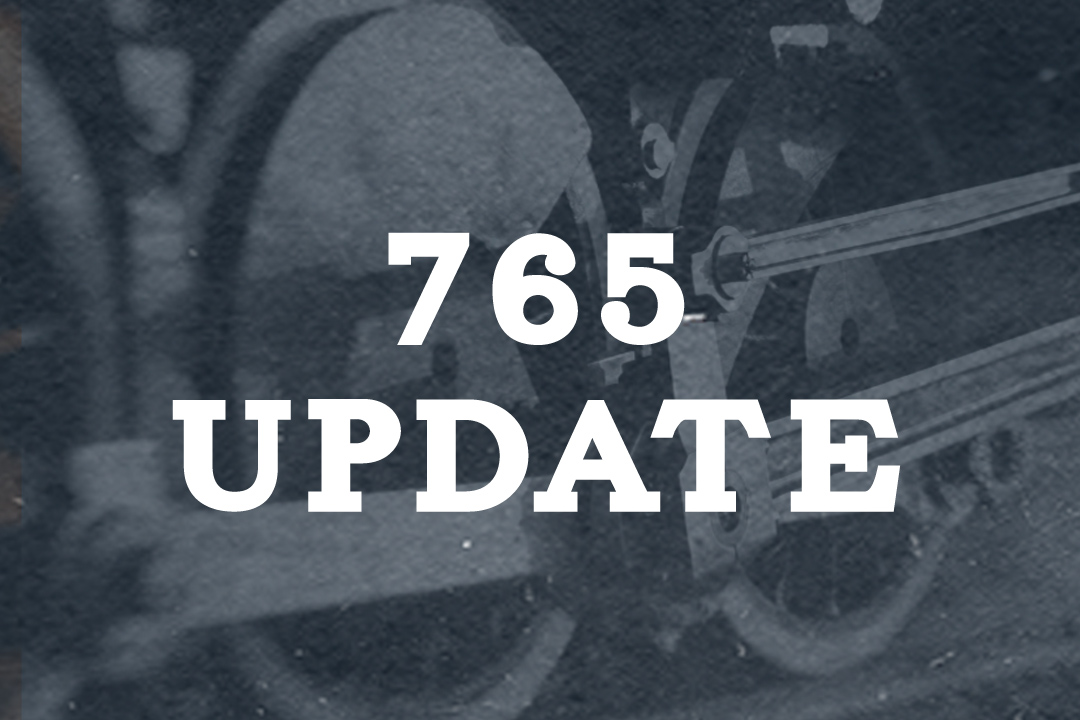Submitted by Steve Winicker.
LAST WEEKENDS SHOP ACTIVITY
Jacketing has begun to be removed from the locomotive and parts are piling up around the shop. Jon Jarros came out and disconnected the wiring. While Rob and DJ removed sheet metal. John J and Rob removed most of the sand from the sand dome in preparation for removing it from the locomotive. Dan Pluta came out to look at passenger car restoration ideas possibilities will have a report back in a couple of weeks. The SD9 had some grinding, cutting and coon dropping removal Saturday as well. I have some oil samples taken for testing to see how our bearings are doing.
UPCOMING ACTIVITIES
Next week I need to get the driving box samples taken early in the weekend. Hopefully Jerrad and the weather will come together, and we can remove the sand dome from the engine. This will allow most of the jacketing to come off. Some additional brackets and the running boards will probably have to come loose to fully remove all the jacket. The cab has some fixtures in need of removal as well. Hopefully in the next couple of weeks the insulation will be off and the boiler open for cleaning and inspection.
SAFETY SENSE
OSHA reports indicate that slips, trips, or falls cause almost 20 percent of all workplace injuries.
Slips and falls do not constitute a primary cause of fatal occupational injuries, but represent the primary cause of lost days from work.
Nearly all slips or falls have one or more of these factors as a cause….
Substandard walking surfaces, Surface contaminants, Footwear, Walking style of the person.
Proper housekeeping and lighting of the working and walking surfaces can prevent most slips, trips, and falls. Sometimes surface contaminants can be very difficult to recognize as a hazard, but once the hazard is noticed, it must be barricaded off and cleaned up to prevent any risk of injury. Wearing the proper footwear for current weather conditions, as well as the surfaces being traveled, is important to prevent slips, trips or falls, and reduce fatigue.
Tripping hazards include cords, equipment, uneven floor mats, and unseen or unexpected objects. These tripping hazards should be picked up and put away after every use, and when they are in use be aware of the danger they could pose in a walkway, such as an electrical cord strung across a sidewalk or work area.
Slipping hazards include wet, icy, greasy, or soiled ground or floors. People need to wear the proper foot apparel appropriate for the job, such as steel toed and slip resistant. Use absorbents to immediately clean up any spills, especially oily material and corrosive materials.
A fall can happen from any surface higher than four inches such as ladders, lifts, large equipment, elevated walkways, ramps, or platforms. Falls may also occur into or through a hole such as the shop inspection pit. Most falls occur from heights less than 10 feet, so safety precautions need to be taken, even at lower heights.
Safe practices for individuals are as follows….
-Utilize handrails or grab bars in areas where there are stairs or changes in elevation.
-Use 3 points of contact when mounting or dismounting equipment (1 hand/2 feet) or (2 hands/1 foot).
-In wet or icy conditions, take smaller steps and try to ensure your torso stays balanced over your feet.
-Use slip-resistant matting or provide textured surfaces in potentially wet areas.
-Minimize distractions to remain alert to hazards and avoid carrying bulky items that block your view.
-Remove obstructions from travel areas, such as extension cords, power cords, hoses, boxes, or tools.
-Stay alert to parts projecting from machines or equipment.
-Utilizing proper safety practices, as outlined above, recognizing potential hazards and correcting them will go a long way in keeping our workforce safe and healthy.


